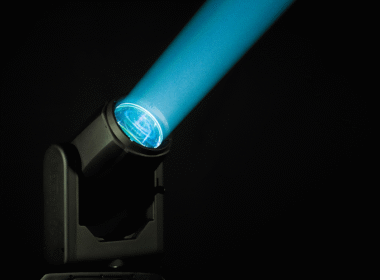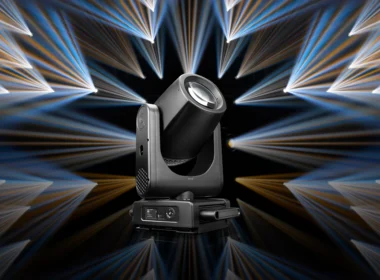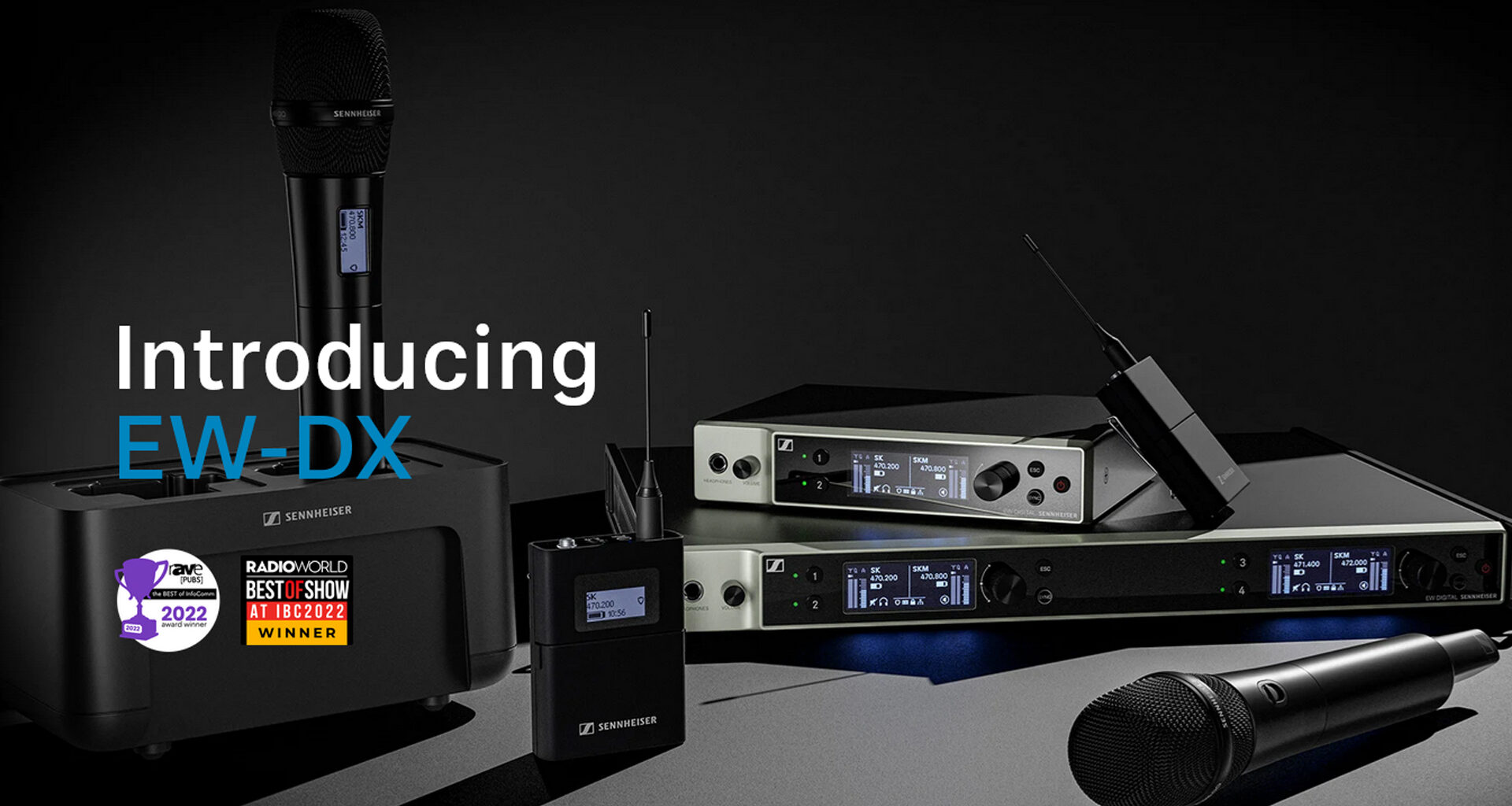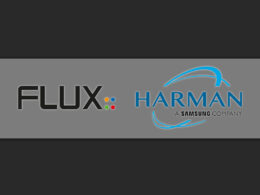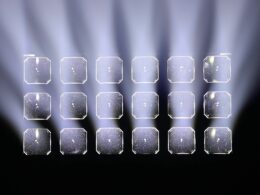Sennheiser is a brand known to all users of wireless audio systems. Their IEM G3/G4 series in-ear systems have conquered the Polish market thanks to their good quality, solid workmanship (although for that antenna in the bodypack, I'm sorry) and very affordable price.
Microphone systems have also found their way into smaller events and conferences, although riders and outdoor venues have not conquered as much. In this segment in particular, the Germans have lost a bit of the Polish market since Shure released the QLX-D and ULX-D digital systems, which stole the hearts of Polish rental companies with their ease of use, riderability and, what not, price. Sennheiser, yes, released the 9000 and 6000 series, but these were definitely higher in price. Many Zenk fans were therefore waiting for digital systems at more affordable prices.

And that's what it is, too - the EW-DX Series.
At first glance, the manufacturer has presented a cool polished series with many components and accessories to choose from. So for the day, we have the two-channel EM2 receiver in half-rack format, which can be purchased with Dante on board as an option, and the four-channel EM4 Rack 1U receiver, which has as many as four Dante ports as standard, which is a nice nod to users.
Here the manufacturer behaved a bit inconsistently, because in the EM2 base with dante the control port is a separate port from the Dante ports (with the possibility of redundant power supply to the base after POE). In the EM4, on the other hand, 4 Dante ports also allow the device control to be plugged in.
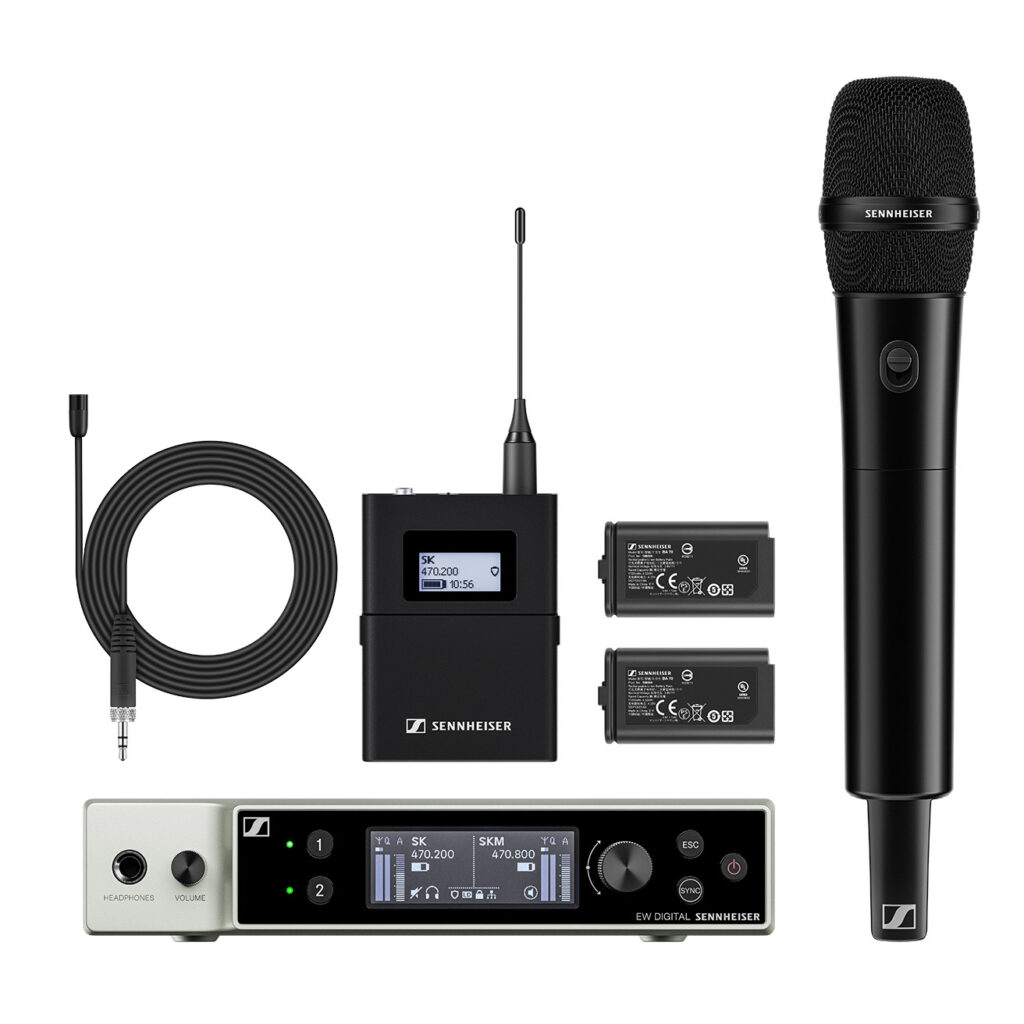
Unfortunately, you won't find AES outputs here - the manufacturer has left those for higher series. As for transmitters here the choice is also respectable. The EW-DX SK belt-pack transmitter, which has gained a flat design (native to the Shure UHF-R series), is available in a standard version with a screw-on 3.5mm mini jack connector and, of note, with a 3-pin screw-on mini XLR Hirose connector.
As for handheld transmitters here too, there are two versions: the SKM with a hidden switch at the bottom of the transmitter and the SKM-S with a programmable mute function switch with silent operation that can also serve as a switch.
All EW-DX Series transmitters have new E-INK displays, increasing the readability of the displayed data and allowing them to be read even when the backlight is off. In addition, the manufacturer provides a wide range of accessories: dedicated rechargeable batteries, CHG 70N mains chargers (allowing, as in shure, to charge the battery in the transmitter), splitters, antennas or microphone capsules.
What's all the fuss about, or what distinguishes the EW-DX series?
The German manufacturer, although it kept us waiting for a long time, kept a close eye on the competition during this time which resulted in many innovations in the EW-DX series. To begin with, it is worth mentioning the audio transmission parameters.
The latency from transmitter to receiver output is just 1.9ms, which is 1ms better than, for example, the ULX-D series. Also striking is the very high dynamic range of the audio input - as much as 134dB. The EW-DX system is clearly not intimidated by any signal entering the transmitter: be it a metallic vocal or a hot line signal dropped into the bodypack. If, on the other hand, you're doing top-secret conferences and events, you'll be pleased to know that the transmission is encrypted at the AES-256 level.
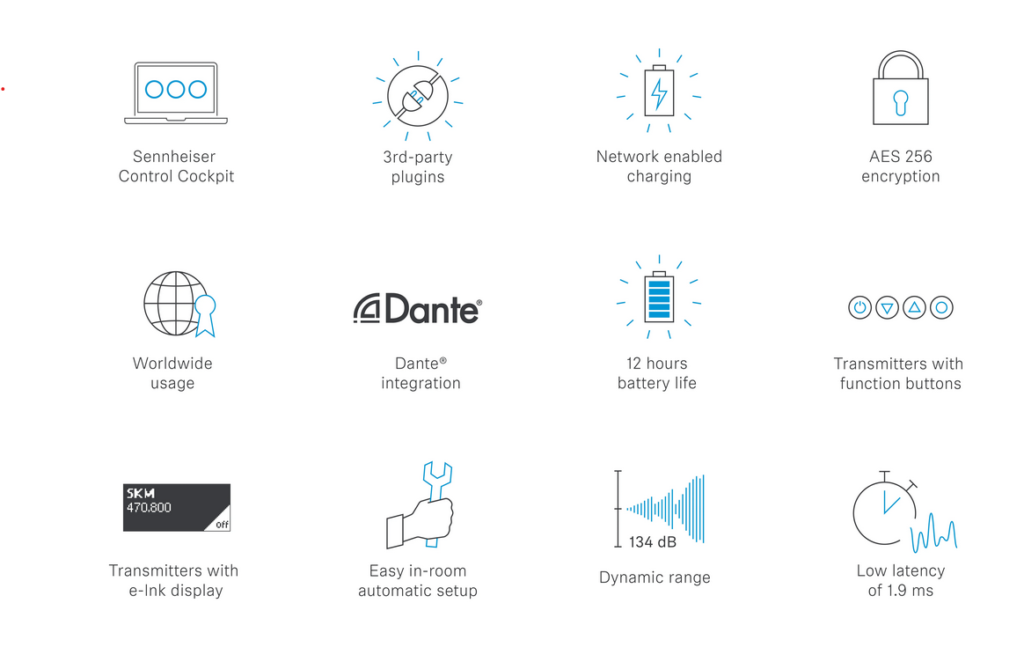
However, as everyone knows, transmission parameters are not everything - convenience of use also matters. Here Sennheiser did something that I admit - surprised me. Well, the manufacturer abandoned the synchronization of devices with infrared in favor of Bluetooth low energy transmission. Finally, we have lived to the time when we don't have to aim the transmitter at the base to align. A small thing, but a happy one. In addition, automatic RF configuration using the powerful AutoScan function ensures, according to the manufacturer, far greater efficiency in finding free frequencies.
Moving on to the subject of the maximum number of wireless frequencies, here the Germans have gone all the way. In standard mode and a frequency grid every 600khz, EWDX provides up to 146 frequencies to choose from. Not enough? The Link Density function will provide as many as 293 of them. This definitely increases the probability of finding free frequencies even in the most "crowded" places. Of interesting additions, we have a test signal generator in the transmitters that allows testing the microphone path without the actual sound source.
How about Apps?
We must admit very well, not to say, where six cooks there is nothing to eat. Classically, to control wireless systems we have WSM - Wireless System Manager software. In addition to this, there is the Sennheiser Control Cockpit tool, which allows less advanced users to control an already configured network, such as in shopping malls, conference or convention halls.
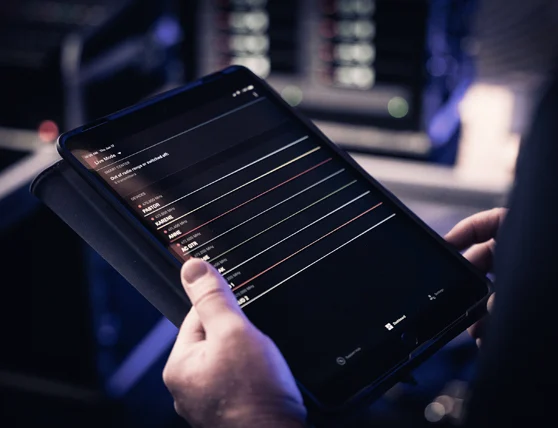
For dessert, Smart Assist App - an application for android and iOS mobile devices that allows you to configure smaller wireless systems, which does not require the user to have any special knowledge of wireless system management.
At this point I have only one comment. I don't really understand what caused the Sennheiser Control Cockpit app to be released only for the Windows platform... We are in 2023... This seems to be an unnecessary restriction of the target user group. And as we know, a gro of sound engineers use Macs.
Killer or not?
As you all know very well it is Shure that has an established position in the Polish market. Mainly by riderability of capsules and reliability of transmission. SM58, despite the fact that structurally nothing special these days continues to lead in the category of the most rider microphone. On the other hand, the QLX-D and ULX-D wireless transmission systems have firmly established themselves in rental companies and bands.
Sennheiser, however, as it has shown with its EWD-X series, is not being left behind. Much, then, is in the hands of dealers when it comes to changing to a leadership position. Sennheiser products are refined and solidly built, and every now and then the manufacturer introduces technologies that speed up work and make life easier for users.
Will the EW-DX dethrone the QLX/ULX-D series? I really don't know. But the product at first glance has a really good chance to conquer the market. Especially since the lack of Shure capsules is not a problem. The manufacturer has plenty of its own great capsules, allows you to mount the well-known and well-liked DPA D Facto capsule To that, there are professional adapters on the market that allow you to mount Shure capsules on Sennheiser transmitters.
Personally, I would love to test this product. Because if all these great new technologies packed in it, will work properly, I do not see why, it should not be well accepted in the market. Especially since price-wise it might be a more interesting option than Shure.
More info, of course, on the manufacturer's website.
Manufacturer: SennheiserDistributor: Applause Audio




